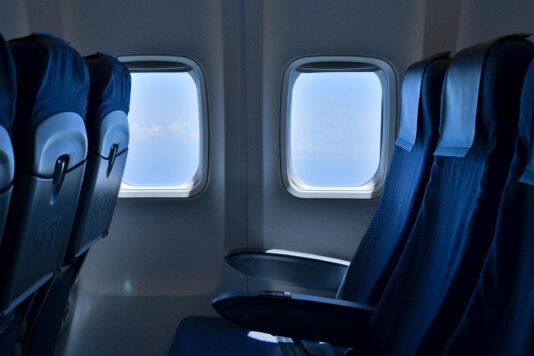September 9, 2019
Hotels know the ebb and flow of seasonality all too well. From the tropical getaway whose bookings dip during their cooler months, to ski resorts whose room nights spike when the snow falls, shifts in the influx of travelers are inevitable.
Yet, regardless of whether bookings are at their annual peaks or valleys, hotel marketers can still increase revenue by strategically using cost-per-click listings with the right message, at the right time.
TravelAds, our easy-to-use yet sophisticated sponsored listing solution, allows hotels to boost their exposure, build brand awareness, and maximize their opportunity to convert the 144+ million highly engaged shoppers who visit our global network of travel sites each day.
This post is the third in our series on making the most of your TravelAds programming. Our first discussed how to maximize your TravelAds outcomes with planning. More recently, we focused on how consistency when running sponsored listings can help increase bookings.
One of the keys to building sponsored listings that engage travel shoppers is optimization of the images and copy. Optimizing copy entails being specific and clear with your word choice and highlighting elements of your hotel that you know your audience would love. Similarly, images should capture a colorful and engaging scene that looks appealing and stands out as unique.
One lesser-known but equally impactful way to improve your TravelAds sponsored listings is by optimizing for seasonality. One of the best kept secrets of our platform: Hotels can create an entire collection of distinct ads with unique images, copy, and selling points to run concurrently based on a shopper’s booking window. A different, customized ad will appear based on the dates a shopper selects for travel.
Karla Ortíz, Busines Development Manager for LATAM TravelAds Sales, advises hotels to take advantage of this largely untapped method to gain a competitive edge: “We see hotels using TravelAds to fill need dates or target audiences for specific booking windows and travel windows. But, the TravelAds solution can do so much more. It can provide a more dynamic campaign by communicating a variety of different experiences offered by the same hotel.”
Timing is Everything: Scheduled Ads
Grand Velas Riviera Maya, a luxury resort in Mexico, wanted to capture the attention of travelers with messages attuned to each user based on their specific travel windows.
To achieve this, they used the Scheduled Ads feature and designed a collection of optimized TravelAds. Each ad had unique images and copy, and featured different experiences and amenities. The sponsored listings ran concurrently, but each listing only appeared for a specific travel window.
For example, travelers looking to book over summer vacation were served advertisements highlighting a complimentary stay for children. Shoppers whose travel windows included Mexico’s Independence Day saw advertisements whose copy read, “Toast to Mexico’s Independence Day,” and showcased Yucatan and Mexican infused cuisine. Users looking to book during the school year were shown ads featuring “couples’ paradise escape + eco tour.”
Above are just several of the many ways hotels can craft their copy, imagery, and message to strategically target the right customers at the right time. The messaging, imagery, and timing of a series of sponsored listings can be as varied and dynamic as the hotel wishes.
Building Upon Optimization Success
In large part, seasonal optimization is both an art and a science: While there’s no hard and fast way to determine precisely who will see your ads, or which activities and experiences they’re seeking, seasonal optimization helps hotels to highlight specific features and engage travel shoppers with timely content.
It’s a process of building themes into ads, testing concepts, and then using the outcomes to inform future campaigns.
“One of the best parts of the optimization feature is that users can measure the performance of each, distinct ad they run. They have access to the demand (impressions) and engagement (click through rate). In turn, they can make changes accordingly and learn which messages attract more traffic and produce more conversion for the hotel,” says Karla Ortíz.
Despite the vast potential that optimization offers to hotels, regardless of their size, price, or location, it is still a largely untapped feature. Most TravelAds users currently do optimization their listings in this way. While TravelAds produces significant results for hotels looking to capture the attention of large audiences in one fell swoop, the impact of a TravelAds campaign can be bolstered by running ads concurrently that are optimized for unique travel windows. And, like always, TravelAds only show when a property has rooms available—and hotels only pay when a travel shopper actually clicks on their ad.
If you’re new to TravelAds or looking to create an even more dynamic cost-per-click campaign, learn more about our straightforward and high-impact TravelAds Essentials Guide.




